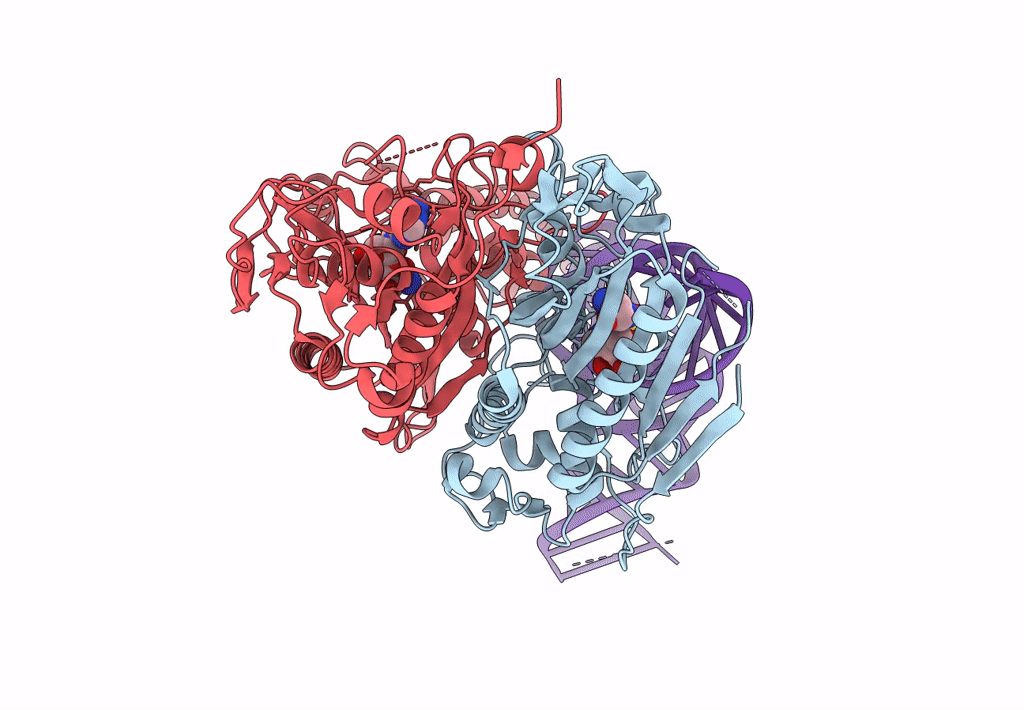
Deposition Date
2022-12-11
Release Date
2023-08-23
Last Version Date
2023-08-23
Entry Detail
PDB ID:
8FFY
Keywords:
Title:
Cryo-electron microscopy structure of human mt-SerRS in complex with mt-tRNA(UGA-TL)
Biological Source:
Source Organism:
Homo sapiens (Taxon ID: 9606)
Host Organism:
Method Details:
Experimental Method:
Resolution:
3.60 Å
Aggregation State:
PARTICLE
Reconstruction Method:
SINGLE PARTICLE


